paralysis
Latest
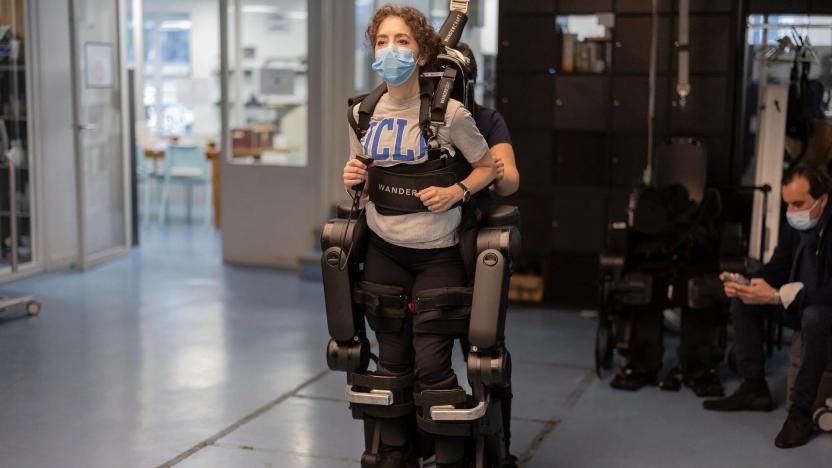
FDA clears Wandercraft's exoskeleton for stroke patient rehab
Wandercraft's exoskeleton has received FDA clearance to help stroke patients recover their gait.
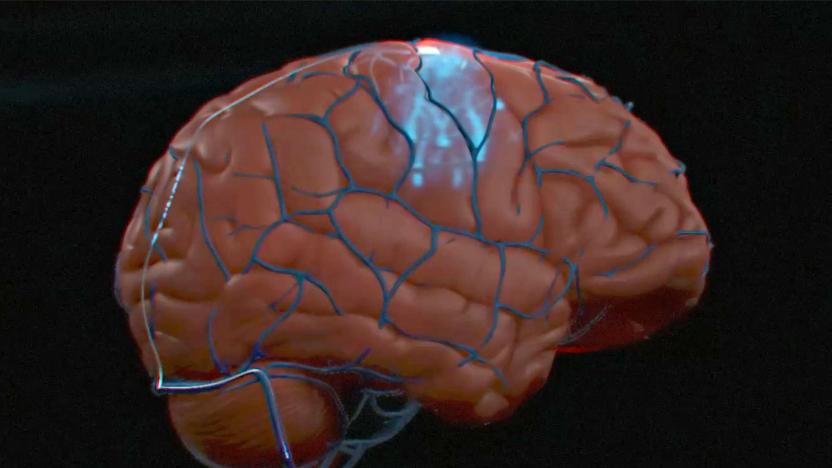
Synchron says it's the first to implant a human brain-computer interface in the US
Synchron says it's the first to implant a human brain-computer interface in the US, beating Elon Musk's company.

Brain-machine interface helped a man with paralysis feed himself using robotic arms
Scientists have developed robotic arms that let people with paralysis feed themselves.
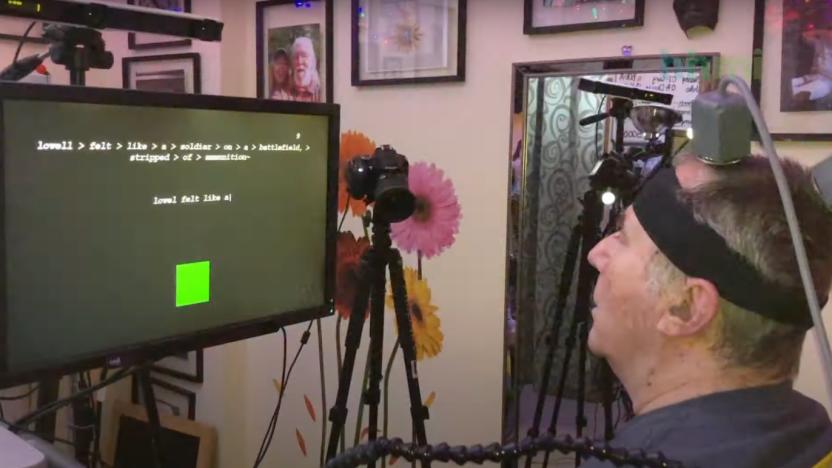
Brain implant lets people with paralysis write using their minds
Researchers from Stanford University have created a brain chip interface that allows the paralyzed to write on-screen using their thoughts.
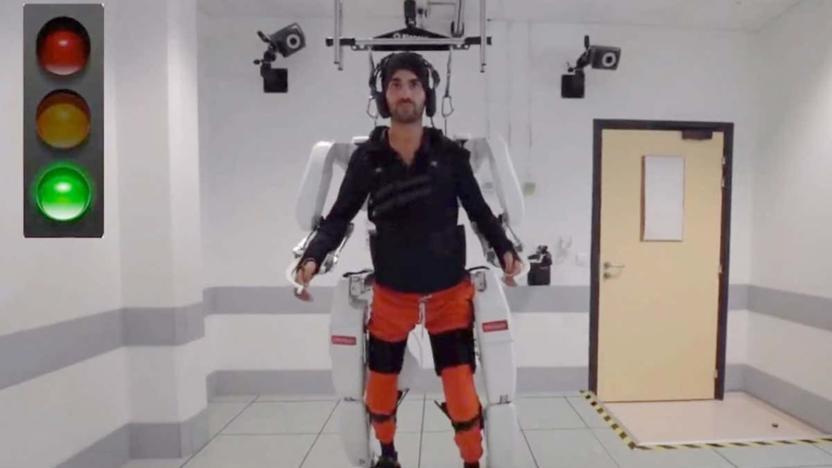
A mind-controlled exoskeleton helped a paralyzed man walk again
A paralyzed man regained the ability to walk with the help of a robotic exoskeleton that he controlled with his mind. Unlike other, more invasive mind-controlled robotics, this one used electrodes implanted above the brain's outer membrane, not in the brain itself. That could reduce the risk of infection and other obstacles that have limited the success of mind-controlled robotics.
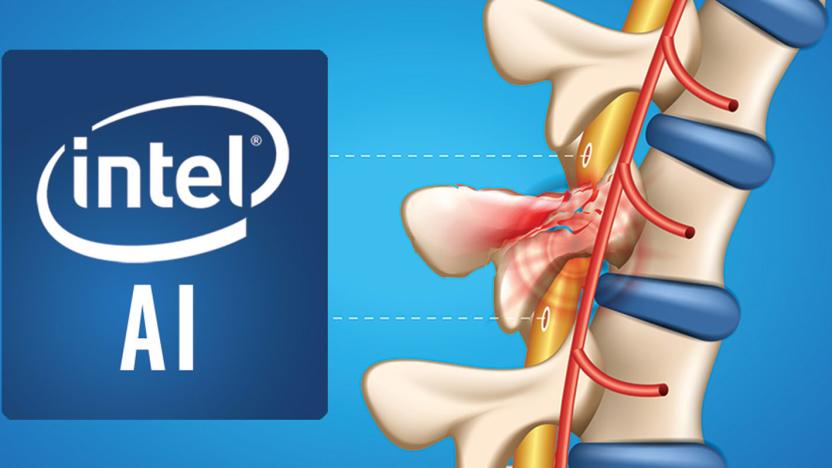
Intel wants to use AI to reconnect damaged spinal nerves
AI's use in medicine could soon extend to one of the medical world's toughest challenges: helping the paralyzed regain movement. Intel and Brown University have started work on a DARPA-backed Intelligent Spine Interface project that would use AI to restore movement and bladder control for those with serious spinal cord injuries. The two-year effort will have scientists capture motor and sensory signals from the spinal cord, while surgeons will implant electrodes on both ends of an injury to create an "intelligent bypass." From there, neural networks running on Intel tools will (hopefully) learn how to communicate motor commands through the bypass and restore functions lost to severed nerves.
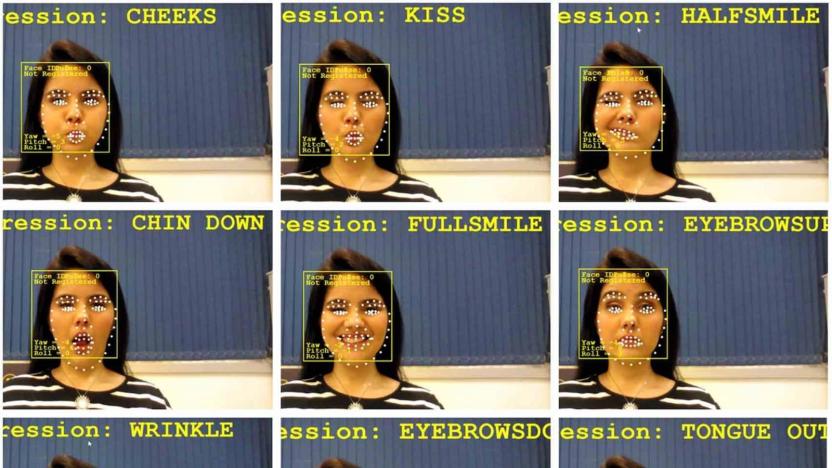
Intel's AI wheelchair can be controlled by facial expressions
Motorized wheelchairs are traditionally controlled by a joystick or sensors attached to the user's body, but now innovation in artificial intelligence is helping severely disabled people drive their chairs with their facial expressions.
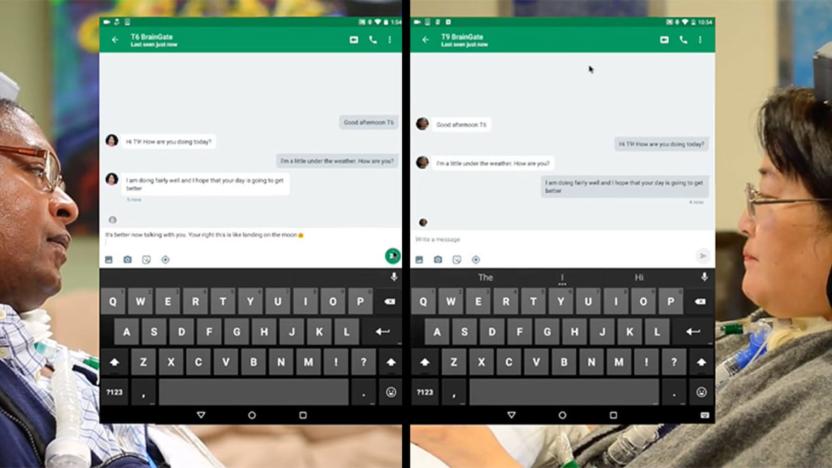
Brain implant lets paralyzed people turn thoughts into text
Three people paralyzed from the neck down have been able to use unmodified computer tablets to text friends, browse the internet and stream music, thanks to an electrode array system called BrainGate2. The findings could have a major impact on the lives of those affected by neurologic disease, injury, or limb loss.

Electronic implant helps paralyzed people walk again
People paralyzed because of spinal cord injuries could one day be able to walk again, thanks to an implant that helps send "lost signals" from the brain to leg muscles. In Nature Medicine and the New England Journal of Medicine, research teams report that several patients -- all paralyzed from the waist down -- have been able to walk again after having the electrical patch fitted to their spinal cords. The approach is called epidural stimulation.
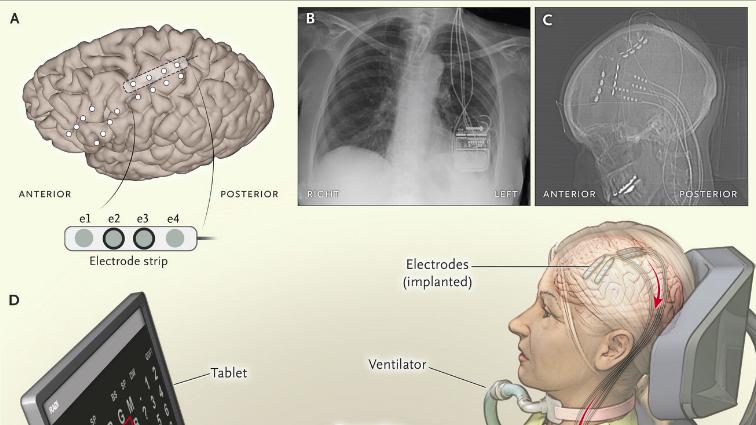
Brain implant helps a paralyzed woman communicate at home
A 58-year-old woman left paralyzed by amyotrophic lateral sclerosis (ALS, also known as Lou Gehrig's disease) has now become the first patient to use a brain-computer interface to restore some of her day-to-day functions. The woman was left "almost completely locked-in" after the disease caused her motor neurons to deteriorate to the point where she could only control her eye muscles. While brain implants have been in development for years, this particular patient has become the first to make use of one at home and outside of a research or hospital setting.

ICYMI: The alcohol creating energy and removing pollution
try{document.getElementById("aol-cms-player-1").style.display="none";}catch(e){}Today on In Case You Missed It: The University of Colorado, Boulder is diving into a beer project with a surprising twist: Researchers have managed to use beer brewing runoff to grow a species of fungus that not only cleans the water but can also be used to create lithium-ion batteries. Meanwhile the University of Pittsburgh Medical Center is helping paralyzed people regain a sense of touch through a robotic arm, by implanting electrodes in the participant's brain. The flexible phone display for music is here, and the BMW concept motorcycle that had everyone talking is here. In case you're friends with someone on Tinder, they should know about this story. As always, please share any interesting tech or science videos you find by using the #ICYMI hashtag on Twitter for @mskerryd.
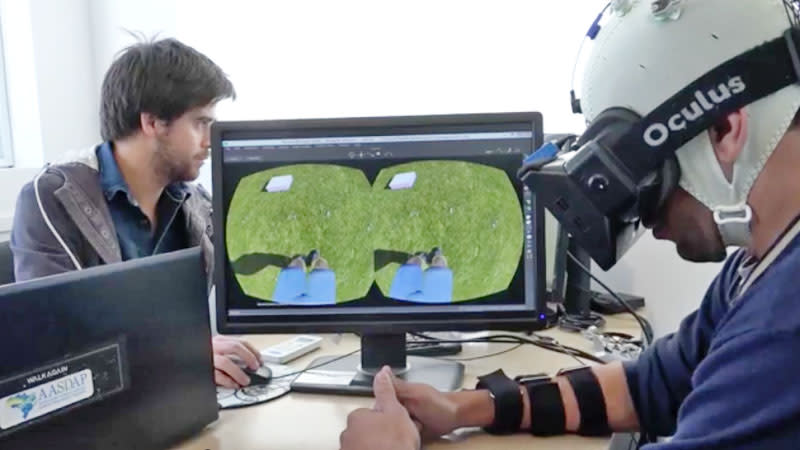
Virtual reality programs could help paralyzed patients walk again
Results from a recent experiment have demonstrated that special brain-machine interfaces, when used in addition to exoskeletons and virtual reality, could very well help paralyzed patients regain movement after spinal cord injuries. In short, virtual reality physical therapy could eventually help patients to walk again.

ICYMI: Tech cure for paralysis, 3D weight scan and more
#fivemin-widget-blogsmith-image-687454{display:none;} .cke_show_borders #fivemin-widget-blogsmith-image-687454, #postcontentcontainer #fivemin-widget-blogsmith-image-687454{width:570px;display:block;} try{document.getElementById("fivemin-widget-blogsmith-image-687454").style.display="none";}catch(e){}Today on In Case You Missed It: A smart mirror and scale combo takes a scan of your body to compare yourself to, down the line. Though we are more interested in the PancakeBot. For the first time ever, a paralyzed man is able to use his hand after an implanted brain chip received signals that helped his muscles respond. And an indiegogo project would help women deal with painful menstrual cramps by sending electrical shocks to the pain. As always, please share any great tech or science videos you find by using the #ICYMI hashtag on Twitter for @mskerryd.

Eye-tracking app lets you make music hands-free
Eye- and face-tracking systems already help you communicate when your hands aren't an option, but what if you want to have some fun? You're covered there, too. Andreas Refsgaard has built Eye Conductor, an app designed to help the paralyzed (and virtually anyone else) make music. All you need is a computer, an off-the-shelf eye tracker and a willingness to look slightly goofy as you twitch your eyes and open your mouth. Unlike some previous attempts, it's all about having an accessible, flexible interface -- you know exactly what sounds you'll make, whether it's an experimental piece or a slick dance track.

Brain-machine link helps you steer exoskeletons with your mind
Right now, mind-controlling a machine isn't pretty: you typically wear a silly cap or headset, or else subject yourself to open brain surgery to get a deeper link. Australian scientists might have a better way, though. They've developed a brain-machine interface that taps into your motor cortex through a relatively simple operation -- you won't need to gamble with your health to have a permanent connection to robotics. The device (known as a stentrode) would let you directly steer an exoskeleton or artificial limb through thoughts alone, even if you need the implant for "many months" at a time.

ICYMI: Insect robot for kids, paralysis fixed and more
#fivemin-widget-blogsmith-image-184110{display:none;} .cke_show_borders #fivemin-widget-blogsmith-image-184110, #postcontentcontainer #fivemin-widget-blogsmith-image-184110{width:570px;display:block;} try{document.getElementById("fivemin-widget-blogsmith-image-184110").style.display="none";}catch(e){}Today on In Case You Missed It: We are covering the drone guideline news from the FAA the only way we know how: With some silly videos and real ones as well, like the Google X drone delivery test video -- all to warn you all that UAV regulations are finally coming. A new Kickstarter for a toy insect robot comes with origami-like assembly, to teach kids about coding and engineering. And scientists at Ohio's Case Western Reserve University have electronically bridged a gap between a paralyzed person's spinal column and arms using brain wave sensors, in effect letting him use his arms once again.

Brain implants help the paralyzed type faster
It's possible for paralysis victims to type and otherwise communicate with the world, but they usually have to do so at a glacial pace. They might not be nearly so limited in the future, though. In experiments combining BrainGate2 (a high-speed neural implant system) with text entry software, researchers had a Lou Gehrig's sufferer type words at six words per minute. While that may not sound quick on the surface, it's incredibly fast for someone relying solely on mental activity to write a message.

Eye tracking will help the paralyzed talk to the outside world
Those affected by locked-in syndrome are effectively cut off from the outside world. They're paralyzed to the point where they can't move or speak -- in many cases, they might only have control over their eyes. Thankfully, technology might just use that remaining freedom to give these sufferers a voice. UC San Diego researchers are developing systems that use eye tracking for communication. One prototype, EyeHome, would have you navigating a phone-like interface by gazing at different parts of the screen. You'd look one way to dictate a message, or another to catch up on social networks. Other elements could include specialized e-book readers and even eye-guided musical instruments.

Flexible spinal cord implants will let paralyzed people walk
Doctors dream of helping the paralzyed walk through implants that stimulate their spinal cords, but current technology makes that impossible; these stiff, unnatural gadgets usually end up damaging or inflaming nervous tissue over time. Swiss researchers may have just solved this problem once and for all, though. Their bendy e-Dura implant combines flexible electrodes (made of platinum and silicon microbeads), cracked gold electronic tracks and fluidic microchannels to deliver both electrical impulses and chemicals while mimicking the spine's movements and avoiding friction. Paralyzed rats in lab tests could both walk again after a few weeks and keep wearing their implants after two months.

Experimental stem cell treatment causes woman to grow parts of a nose on her spine
Stem cells are seen as one of modern medicine's most promising magic bullets, but that doesn't mean that we understand them. A paralyzed woman from the US has learned this the hard way, after an experimental treatment caused her to grow a nose-like tumor on her back. The unnamed person took part in a trial whereby stem cells from her nose were applied to her spine in the hope that it could repair the nerve damage that led to her paralysis. Unfortunately, the treatment was unsuccessful and, eight years later, the subject found worsening pain in that same area. When surgeons operated, they found a tumor comprised of nasal tissue that was producing a thick substance that was remarkably close to mucus.






